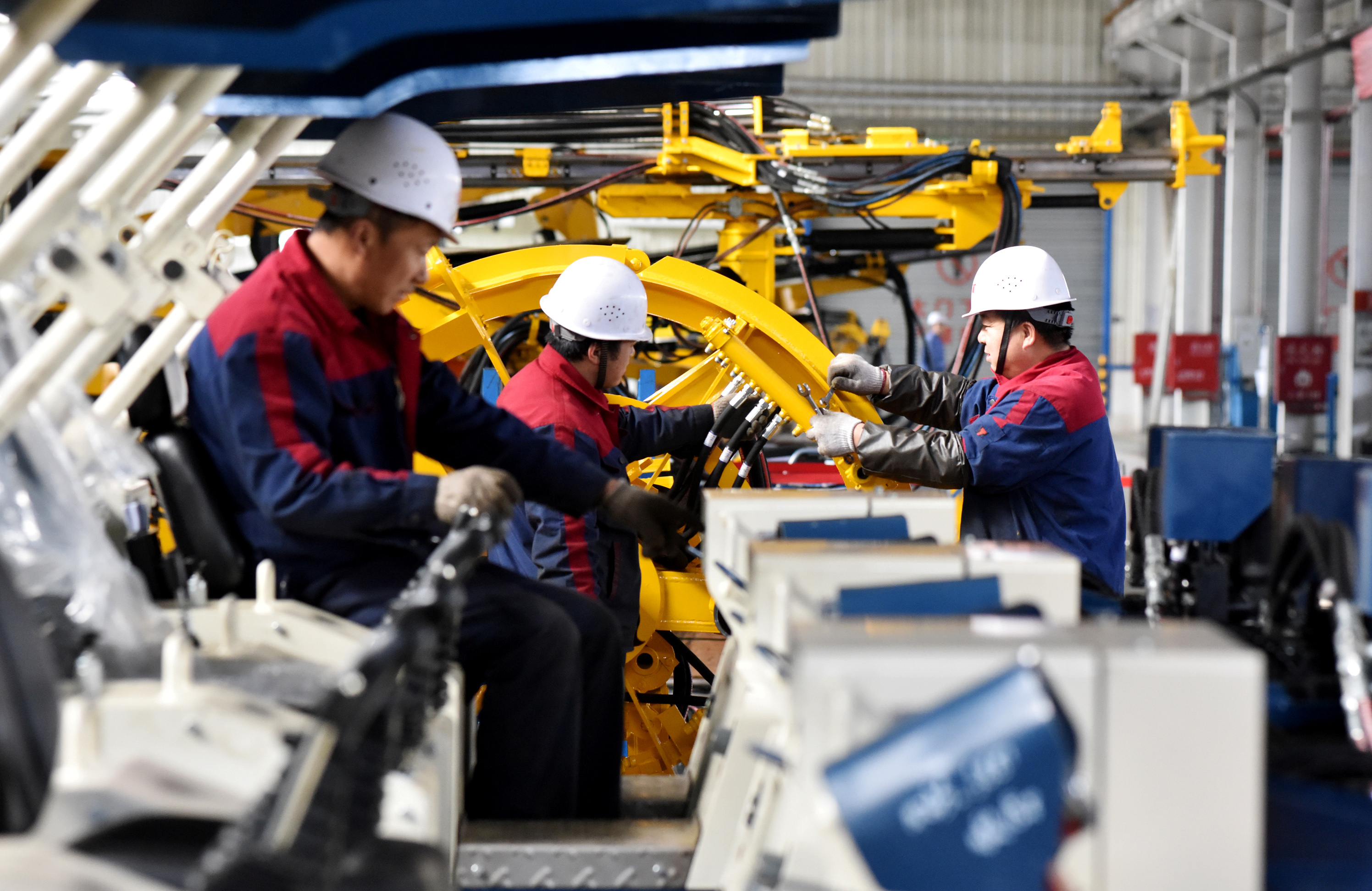The latest data suggests the post-pandemic recovery is slowing down in the world’s second biggest economy but Beijing has yet to play the ace up its sleeve, serious fiscal support
It took five quarters for the Chinese economy to peak after the 2007/08 global financial crisis, from Q4 2008 to Q2 2010.
China seems to have peaked again about five quarters after taking another severe hit in Q1 2020.
The latest economic release seems to have confirmed that China is now in a stable but steady slowdown. In fact, the Chinese economy lost steam across the board in both consumption and investment in May since the base effect was less favourable than in previous months.
Also on AF: The Great Firewall of China: A source of friction with West and weapon against it
But the double-digit growth for both indicators is still high compared to the historical average in recent years. So, the question that is more interesting to ask is, what will it be like when the Chinese economy passes its peak?
The answer to this question is not so bleak as it may look at first sight. First, consumption recovery is still taking pace, though moving at a slower pace.
If we exclude the base effect and look at the month-over-month reading – after seasonal adjustment – retail sales growth rate was 0.81% in May compared to only 0.25% in April thanks to the golden week holiday at the beginning of the month, which was also only slightly lower than the month-over-month growth rate in February and March.
In particular, car sales were a big drag, but the other products were still growing positively.
NEGATIVE TERRITORY
Secondly, while fixed asset investment growth rate was much lower in May, this was particularly due to the deceleration in SOE and infrastructure investment.
According to our adjusted estimate, the year-over-year investment growth for SOE and infrastructure may have already decreased to negative territory. At the same time, manufacturing and private investment also experienced a slowdown but only moderately, with the former being partly supported by the strong external demand.
This means that, although there was market-driven cyclical slowdown, the Chinese government was also not pushing too hard to boost growth through the SOE and infrastructure projects.
CONSERVATIVE STIMULUS
Echoing the latter point on infrastructure, China’s fiscal stimulus, especially from the local government, has been rather conservative so far.
The local government bond issuance was at a much slower pace compared to earlier years, reaching only 44.2% and 16.0% of the 2021 annual target for general and special bond respectively.
Similarly, the PBoC has also taken a prudent tone in manoeuvering market liquidity and interest adjustment since last year. As such, both fiscal and monetary bullets have been largely reserved in China’s policy making.
EXTERNAL DEMAND
All in all, incoming data from China is largely within our expectation of a moderately strong growth (7.8%) in China for 2021. If the current trend continues, the Chinese economy will slow down in line with the expectation of a much lower growth rate for the second half of the year due to the less favourable base effect – as well as the decelerating support from external demand.
Having said that, an important variable that is mostly likely to prompt China’s growth is fiscal support.
A rise in fiscal support in the second half of 2021 will have consequences in raising public debt. But taking into consideration of such a trade-off, we think China may still speed up its fiscal expansion to moderate the economic slowdown.
- Alicia Garcia Herrero is Chief Economist (Asia Pacific) with Natixis
Read more:
China News Digest: Commodities reserves, equities outlook and Taiwan vaccines
Investor optimism high as economy navigates uneven recovery
























